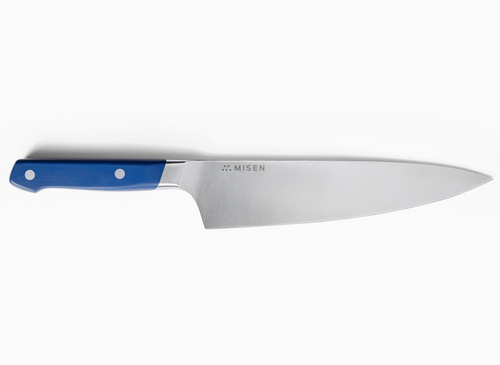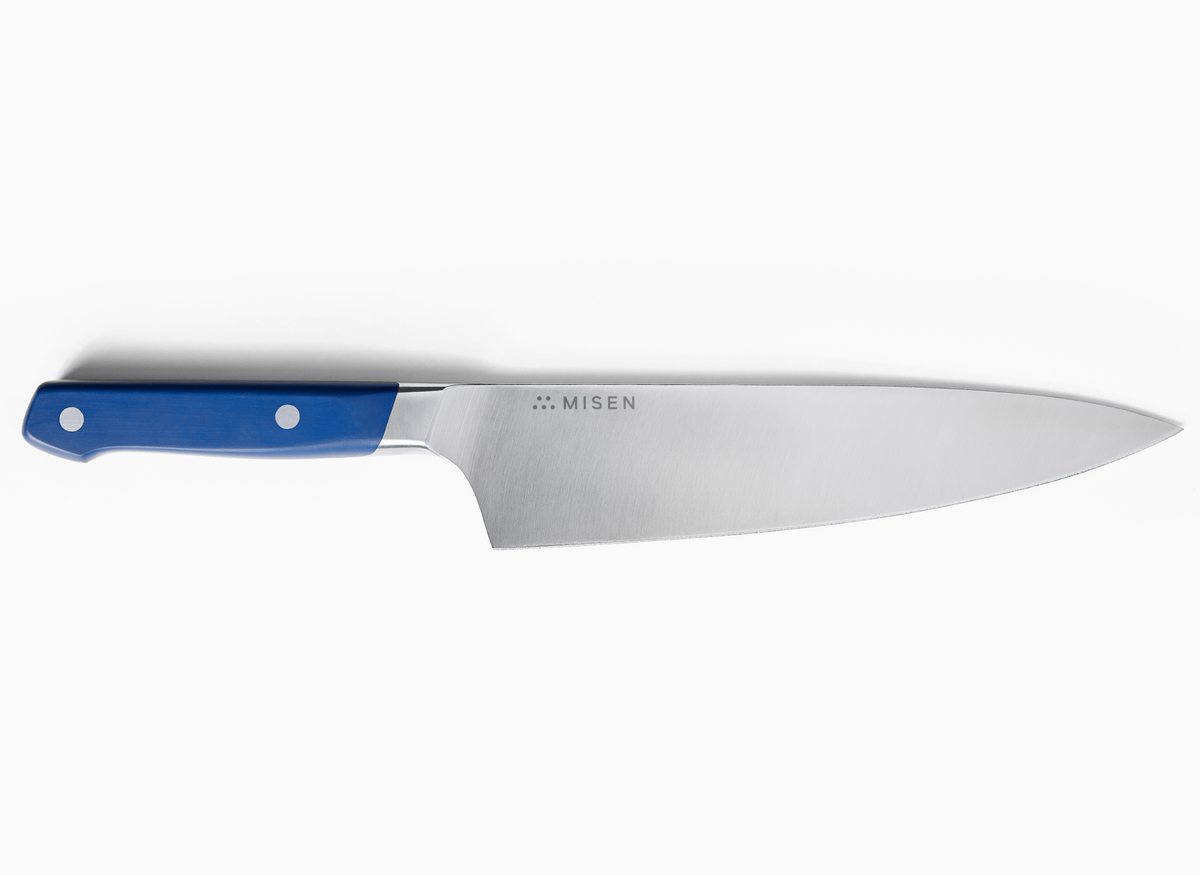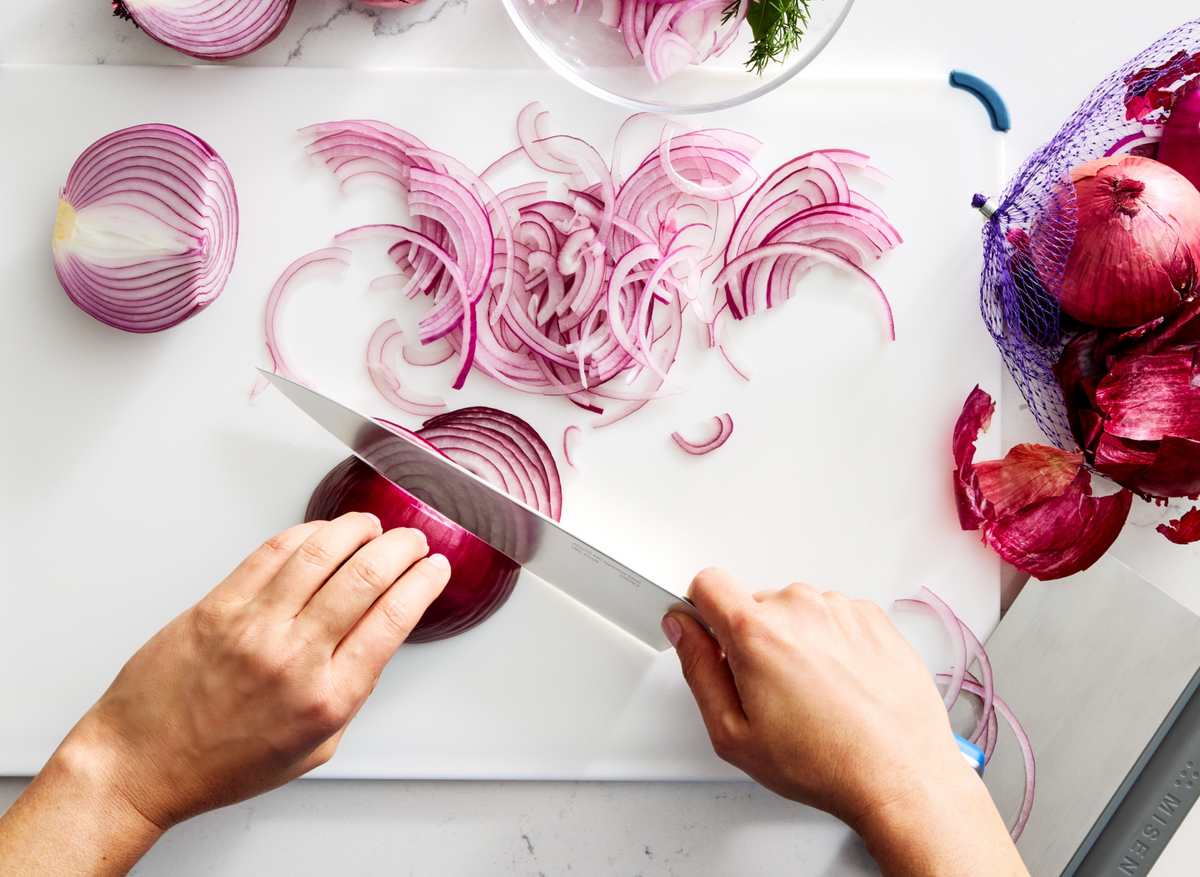Cookware Materials 101
Shiny copper pots look unquestionably posh, and a matte black cast iron skillet gives off kitchen a rustic vibe. But aesthetics aren't the main reason why pots and pans are made from a number of different metals—and they shouldn’t be the reason why you reach for a specific material when choosing your cookware.
If there were a single perfect metal for cooking in, all cookware would be made out of that metal. There isn't. Different metals have very different material properties, which give them each different strengths and weaknesses in the kitchen. If there were a perfect metal, though, what characteristics would it have?
The ideal material would be nonreactive: that is, the metal wouldn't discolor or corrode when it comes into contact with acidic or salty foods, and it would survive just fine in a harsh dishwasher. It would also be durable, since we can expect scrapes and drops in addition to lots of heat. It'd be affordable, so you don't have to draw up a new budget every time you want to add to your arsenal of cooking tools, and it would be easy for manufacturers to work with and create a wide variety of shapes for different purposes.
Most crucially, the way the material handles heat would make it an ideal interface between flame and food, cooking evenly, efficiently, and with perfect control. That is a tall order.
In reality, all pan materials are chosen to achieve various forms of compromise. Let's look at some of those.
CAST IRON
Cast-iron cookware is inexpensive and prized for its heat retention; while it takes a while to heat up, it’ll stay hot long after the stove is off. That's great for some tasks, but also makes it slow to respond, and cast-iron’s heat distribution can be wildly uneven, resulting in hot spots and inconsistently cooked food. Cast-iron is also heavy and not up to cooking tasks (like sautéing) that require lots of pan movement. And watch out for rust!
COPPER
Copper conducts heat extremely well, better than any other metal used for cookware. That means it heats up very fast and distributes heat very evenly around its surface, minimizing hot and cold spots. That great conductivity means also that heat moves out of the pan and into the food faster, which can be both good and bad. Copper is also very expensive, rather heavy, and high-maintenance, requiring not only polishing but professional tin-coating to prevent raw copper's reaction with foods.
ALUMINUM
Aluminum is lightweight and conducts heat almost as well as copper, for a small fraction of the price. Unfortunately, it can deteriorate after prolonged contact with acidic foods like tomato sauce, and it tends to develop warps if it heats up too fast too often. Anodized aluminum pans are electrically treated, which makes the surface harder and more resistant, and darkens the color. Although anodized surfaces are much sturdier than untreated aluminum, they can form tiny cracks and chips under high heat, which lets food adhere and shortens the lifespan of the pan.
STAINLESS STEEL
The great virtue of stainless steel is right in its name: it stands up to all sorts of abuse without corroding or staining, and it's easy to clean. It's also tough as nails and not too pricey. However, while it can retain a lot of heat, stainless does not conduct heat very well, so pans made purely of stainless steel are slow to heat up and cook unevenly. Because no metal is without its foibles, many cookware makers—including Misen—combine different metals in a single pan. Stainless steel, beloved for its durability, its heat retention, and its stainlessness, makes a great pan surface, and its thermal inadequacies can be made up for by adding a layer of aluminum or copper where it will conduct heat but not come in contact with the food. It can be welded to the bottom of the pan or fully clad in a sandwich of stainless steel. So until a perfect single cooking material is discovered, the best pans combine different materials and play to their strengths.








